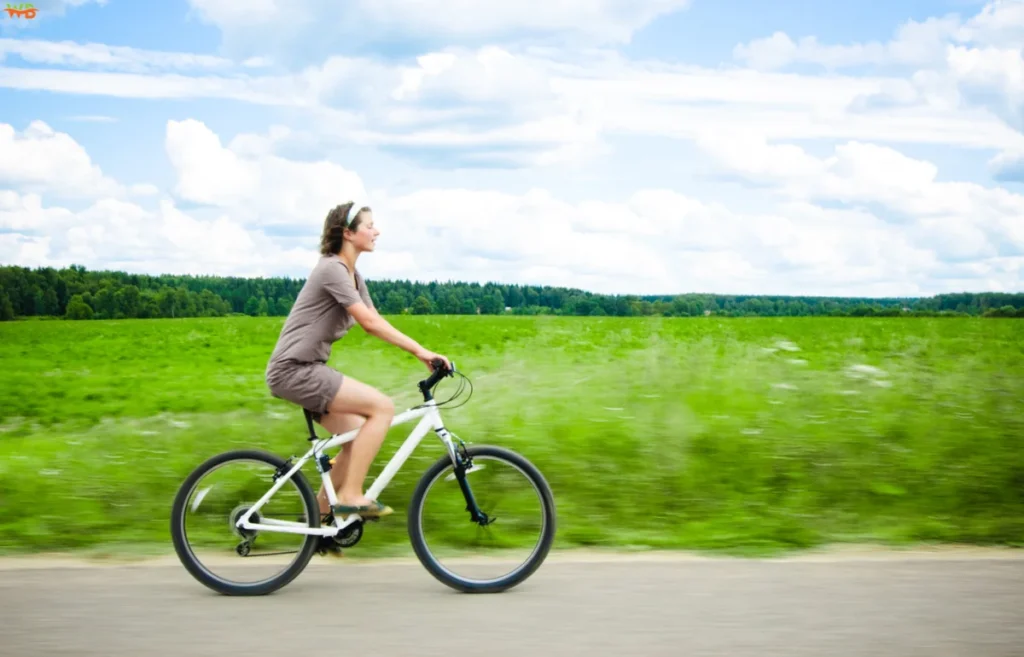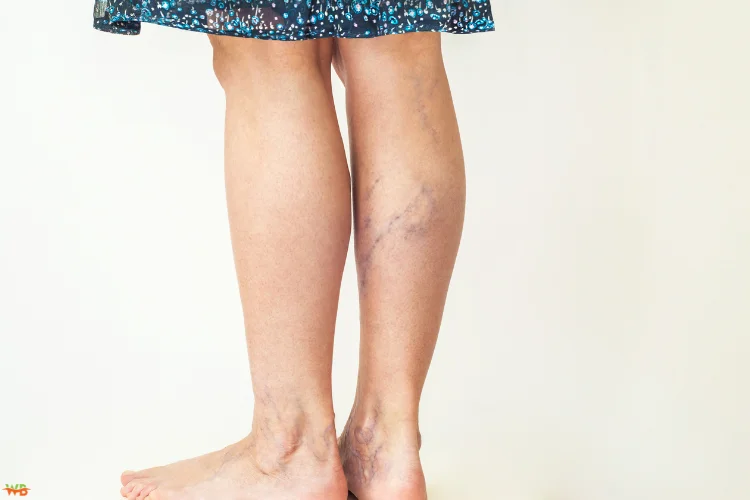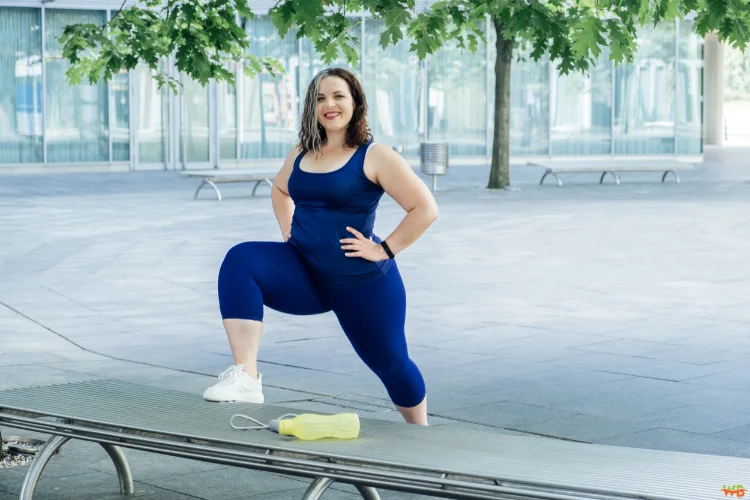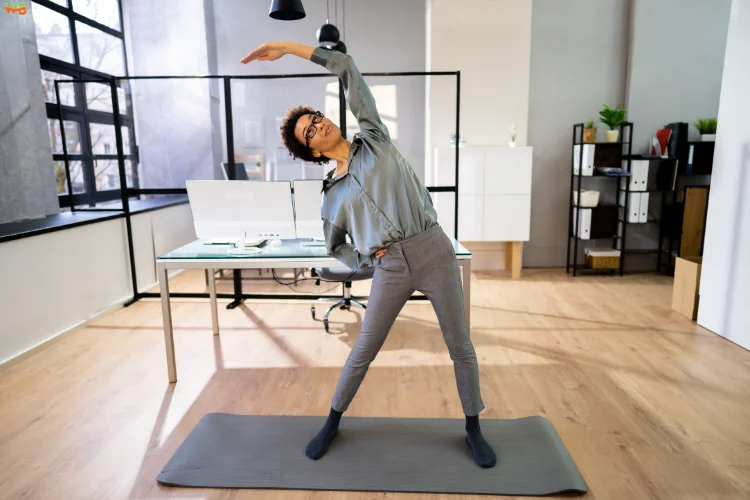Let’s talk about two things we don’t often discuss in the same breath: obesity and varicose veins. Many of us know that carrying a few extra pounds can affect heart health or lead to diabetes. But what about the impact on veins, specifically those bulging, twisty lines that pop up on our legs called varicose veins? Here’s the scoop on why obesity and varicose veins often show up together and what you can do to tackle both.
What You Need to Know About Obesity and Varicose Veins
Obesity and varicose veins are two issues that often go hand in hand. Many of us are familiar with the visual signs of varicose veins. However, we might not realize that being overweight can increase our risk of developing them. In this section, we’ll explore the essential facts about obesity and varicose veins.
What is Obesity?
Obesity refers to an excessive amount of fat in the body that can harm your health. It’s when body fat has accumulated to the point that it could impact your health. One common way doctors measure this is through Body Mass Index (BMI). If yours is over 30, you’re considered obese. But obesity isn’t just a label. With it comes higher risks for various health issues, from high blood pressure to even those pesky varicose veins.
What Are Varicose Veins?
Varicose veins are the bulgy, purple, or blue lines you might see on your legs or ankles. They happen when the veins can’t keep the blood moving efficiently. This causes the blood to pool in certain spots. Over time, this makes veins look twisted and swollen. They’re not dangerous on their own. However, they can be a warning sign that something in your circulatory system isn’t running smoothly. This is where consulting a vein specialist can be beneficial. They can provide treatment that considers your unique health situation.
How Obesity Leads to Varicose Veins
Did you know that obesity can also mess with your veins? If you’ve noticed those pesky bulging veins making an appearance, you’re not alone. Let’s dive into how extra weight can create a perfect storm for varicose veins.
The Pressure Factor
Imagine trying to push water through a hose with a kink in it—that’s what your veins are up against if you’re carrying extra weight. Your legs’ veins work harder with every stride, forcing blood back up to your heart. Add extra pounds, and suddenly, those veins are under serious strain. Over time, this stress weakens the vein walls, causing them to swell and twist.
Hormones Play a Role, Too
Hormones affect more than mood; they also influence our vascular health. When obesity disrupts hormone levels (like estrogen in both men and women), the vein walls can weaken even further. This malformation in the veins makes it easier for varicose veins to form.
Lack of Movement Hurts Circulation
Physical activity does wonders for circulation. When we’re active, the veins in our legs benefit from the boost, and blood moves more efficiently. Obesity, however, can make moving around difficult, leading to less physical activity and poorer circulation. Long durations of sitting exacerbate the issue. Sedentarism gives blood more chances to pool in the legs and form varicose veins.
Preventing Varicose Veins: Simple Steps for Those Overweight
When it comes to varicose veins, a little prevention goes a long way—especially if you’re already carrying extra weight. The key is making manageable, everyday changes that support vein health. Let’s look at a few ways to give your veins the help they need.
Get Moving with Low-Impact Exercises
The idea of exercise can sound daunting, but you don’t need to hit the gym every day or run a marathon. Gentle, low-impact activities are effective at boosting circulation without putting too much strain on your joints or veins. These exercises include:
- Walking
- Swimming
- Cycling
Even just a 20-minute walk around your neighbourhood helps get the blood flowing and keeps your veins active. Low-impact movements help protect your knees and ankles from added stress. This is a bonus if those areas are already under pressure from added weight.
Find Foods That Love Your Veins
What you eat makes a difference in how your veins function. Some foods actively help with circulation, while others just add strain. Here’s a quick breakdown:
- Potassium-Rich Foods. Potassium-rich options like bananas, sweet potatoes, and avocados support better fluid balance and help prevent bloating. Less bloating equals less pressure on veins.
- Fiber-Rich Foods. Whole grains, beans, and fruits like apples keep your digestive system on track. Constipation can put extra pressure on veins (yes, it’s all connected!).
Lose Weight Gradually—It’s About Progress, Not Perfection
If you’re working toward a healthy weight, remember that it’s not about making drastic changes overnight. Small, gradual steps add up over time and make the process more manageable. Even a small weight loss can relieve vein pressure and reduce the likelihood of varicose veins. The goal isn’t to be perfect—it’s to make changes that you can actually stick with.
Interrupt Extended Periods of Sitting or Standing
If you have a job or routine that requires sitting or standing for long stretches, this can add strain to your veins. Regular movement every hour helps maintain healthy circulation. If you’re sitting, you can:
- Get up and stretch
- Walk around
- Do a few leg exercises at your desk
If you’re standing, try to:
- Transfer your weight between the two legs
- Take a quick walk
- Stretch your calves
These small movements help veins do their job better by keeping circulation active.
Consider Compression Socks for Extra Support
If you’re on your feet a lot or prone to sitting for long periods, compression socks can be a real game-changer. Compression socks help stimulate blood flow by offering consistent support to your legs. They’re especially handy for travel or days when you know you’ll be standing or sitting more than usual. Compression socks are now available in a variety of colors and styles, so they don’t have to feel like a medical thing. They’re just extra support for your veins.
Make Restful Sleep a Priority
Here’s one you might not expect: good sleep actually helps your veins, too! During sleep, the body undergoes its natural repair and recovery process. Elevating your legs a bit while you rest gives your veins a break from gravity. You can try:
- Propping your legs on a pillow
- Elevating your legs above heart level while resting to promote circulation
This position allows pooled blood to drain out of your legs more easily, reducing swelling and pressure in the veins.
Conclusion: Managing Varicose Veins and Improving Vein Health
Varicose veins and extra weight may not seem related at first glance. However, they’re more connected than you’d think. By making small, manageable changes, you’re giving your veins a real boost. Remember, it’s all about progress, not perfection. Every step you take helps reduce the pressure on your veins, leading to healthier legs. If you’re experiencing persistent discomfort or worsening vein issues, consulting a vein specialist can help you explore treatment options and personalized solutions for better vein health.
FAQs

I’m Salman Khayam, founder of Wellbeing Junction. I synthesize trusted information from research and expert guidance to create clear articles across health, wellness, and lifestyle topics.
Disclaimer: Content is for informational purposes only and is not medical advice. Consult a qualified expert regarding personal health or specialized questions.
Discover more from Wellbeing Junction
Subscribe to get the latest posts sent to your email.





